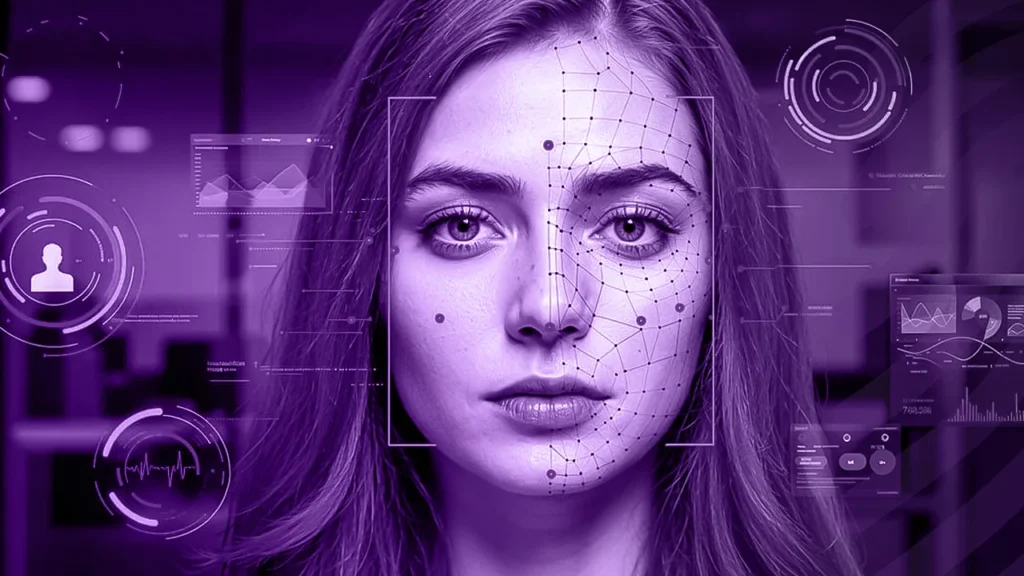Introduction: The Double-Edged Sword of Digital Identity Verification
In a world rapidly shifting toward remote onboarding, digital banking, and contactless security, liveness detection software has become a cornerstone of fraud prevention. By confirming that a user is physically present (not a spoof, photo, or deepfake), liveness checks enhance trust in every digital transaction.
However, not all environments are ideal. In the real world, especially in emerging markets or rural regions, users often face poor lighting conditions and unstable internet connections. These challenges pose significant obstacles to the performance of liveness software, risking both false rejections and security vulnerabilities.
In this article, we’ll break down the technical challenges of liveness detection in suboptimal conditions and how next-gen solutions are overcoming them.
What Is Liveness Detection Software?
Liveness detection software is designed to distinguish between a live human being and an artificial representation, such as:
- A printed photo
- A screen replay or video
- A 3D mask
- A synthetic deepfake
There are two main types of liveness detection:
- Passive Liveness – Analyzes a selfie or video frame without user interaction
- Active Liveness – Requires the user to blink, smile, turn their head, or follow on-screen prompts
Both methods rely heavily on camera quality, ambient lighting, and device processing power, making them sensitive to real-world constraints.
Challenge 1: Low-Light Conditions
The Problem:
Many users attempt liveness checks at home or in poorly lit environments. Low-light conditions can:
- Obscure facial features
- Create motion blur or noise
- Reduce contrast between facial landmarks
- Cause the camera’s auto-adjustment confuse the algorithm
For passive liveness detection software, a poorly illuminated selfie can mimic a deepfake or static image, resulting in a failed verification. Active systems may struggle to track user movements in the dark or misinterpret them entirely.
Solution:
Advanced liveness software now uses AI-based image enhancement, infrared sensing (where hardware allows), and real-time guidance to assist users. Some platforms even adjust algorithms based on ambient light detection or prompt users to reposition for better lighting.
Challenge 2: Poor Network Conditions
The Problem:
In many rural or developing areas, users face:
- Low bandwidth
- High latency
- Unstable mobile data connections
- Packet loss during video transmission
This causes several issues:
- Delays in frame capture and processing
- Corrupted or incomplete data sent to the servers
- Increased user frustration and abandonment
- Potential security risks if fallback options are weak
In high-stakes sectors like fintech, a failed liveness check due to poor connectivity could mean lost customers or worse, verification bypass through weak fallback methods.
Solution:
Modern liveness detection software is becoming more bandwidth-adaptive, offering:
- Lightweight SDKs that work offline or in hybrid mode
- Edge processing that analyzes liveness on the user’s device
- Compressed but secure data uploads
- Retry mechanisms with minimal user input
These enhancements ensure that users in low-connectivity areas can still complete onboarding or authentication securely.
Challenge 3: Device Limitations and Hardware Variability
Liveness software must work across a wide range of smartphones, tablets, and webcams — each with different:
- Camera quality (megapixels, dynamic range)
- Sensor types
- Operating systems and processor speeds
A device with an outdated camera may fail to capture the fine-grain details needed for liveness verification, while mid-range Android phones might lack facial recognition hardware altogether.
Solution:
Cross-platform compatibility is now a key priority. Top-tier liveness detection software providers offer:
- Device-aware performance tuning
- Minimal frame requirements (e.g., selfie instead of full video)
- Platform-specific SDKs for Android, iOS, and web
- API fallback to document verification when needed
Challenge 4: User Behavior and Environment
It’s not just about technology, human factors matter too. A user may:
- Hold the camera at the wrong angle
- Move too fast or too slow
- Cover part of their face
- Ignore prompts due to language barriers or poor UX
Environmental distractions like background noise, glare, or movement can also confuse active liveness systems.
Solution:
To address this, modern platforms integrate:
- Real-time feedback (e.g., “Move closer”, “Better lighting needed”)
- Multilingual support
- UX-designed onboarding flows
- Accessibility features for differently-abled users
Conclusion: Building for the Real World
As more industries embrace remote onboarding and digital identity, liveness detection software must evolve beyond the lab and into the real world. Whether you’re verifying users in bustling cities or remote villages, challenges like low light and poor connectivity can’t be ignored.
Fortunately, AI, edge processing, and adaptive UX are closing the gap, ensuring that secure, real-time identity verification is accessible to everyone, everywhere.






